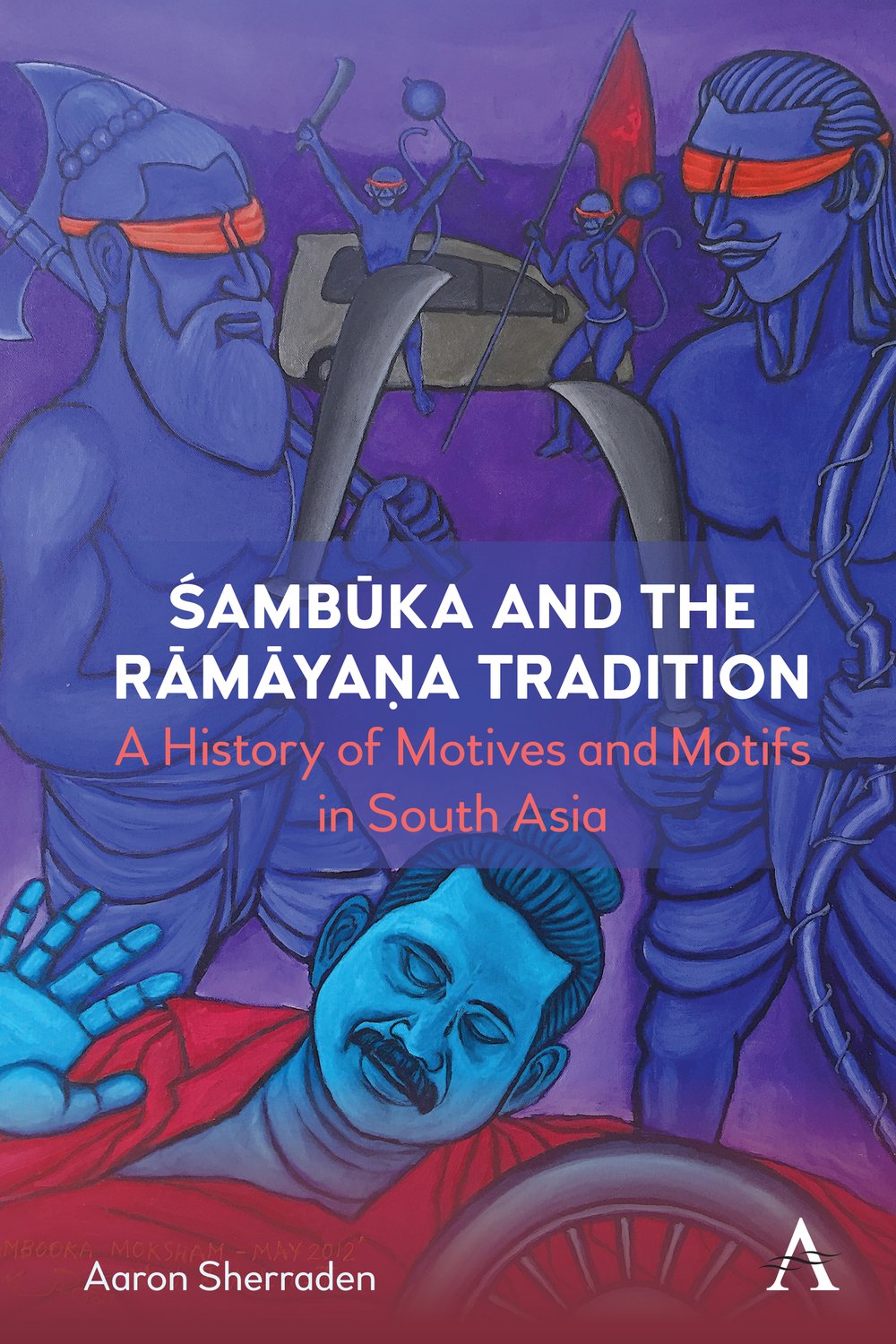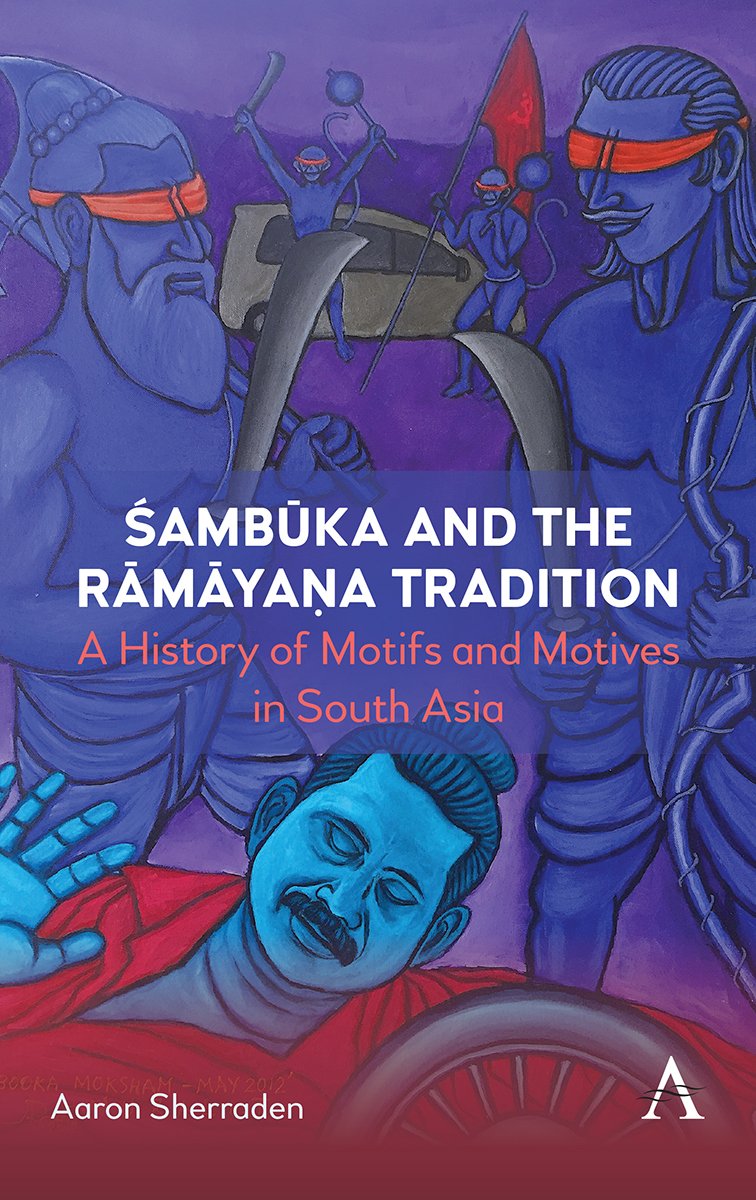Śambūka and the Rāmāyaṇa Tradition
A History of Motives and Motifs in South Asia

This book details the developmental history of narratives that affirm, condemn, modify, or ignore the controversial execution of Śambūka, a minor Rāmāyaṇa character of low social standing. Changing socio-political sentiments throughout Indian history have forced numerous revisions to the Śambūka story, placing it in an underappreciated position of influence.
According to Vālmīki’s Sanskrit Rāmāyaṇa (early centuries CE), Śambūka was practising severe acts of austerity to enter heaven. In engaging in these acts as a Śūdra, Śambūka was in violation of class- and caste-based societal norms prescribed exclusively by the ruling and religious elite. Rāma, the hero of the Rāmāyaṇa epic, is dispatched to kill Śambūka, whose transgression is said to be the cause of a young Brahmin’s death. The gods rejoice upon the Śūdra’s death and restore the life of the Brahmin. Subsequent Rāmāyaṇa poets almost instantly recognised this incident as a blemish on Rāma’s character and they began problematising this earliest version of the story. They adjusted and updated the story to suit the expectations of their audiences. The works surveyed in this study include numerous works originating in Hindu, Jain, Dalit and non-Brahmin communities while spanning the period from Śambūka’s first appearance in the Vālmīki Rāmāyaṇa through to the present day. The book follows the Śambūka episode chronologically across its entire history — approximately two millennia — to illuminate the social, religious, legal, and artistic connections that span the entire range of the Rāmāyaṇa’s influence and its place throughout various phases of Indian history and social revolution.

Aaron Sherraden is a researcher on the epics of South Asia. He received his PhD in Asian Cultures and Languages from the University of Texas at Austin.

